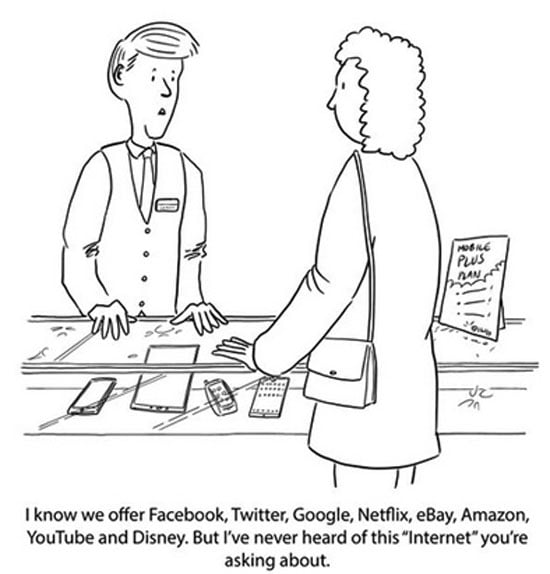
What is the internet (the well-known one)? A form of telecommunications? Or a service delivery method? The difference is not apparent at first glance, especially for someone who has not dealt with the details that shape the legal status of the internet.
According to Tim Wu, professor of law and media law at Columbia, the internet is a “common carrier of communications”, regardless of their form; an evolved version of the telephone network. Under this approach the internet is a “public good”. Therefore, those who provide internet connections must uphold “network neutrality”: they must treat all customers equally, apply identical charges uniformly, and must not discriminate (primarily in pricing) based on the customer, and/or the content (of information), and/or the websites, platforms, applications, type of customer equipment, or the method of communication over the network.
This is the globally accepted position, and countries have legislated accordingly. But in the USA, late last year, this approach changed—for a moment. It was a clash between the (telecommunications) companies that provide internet access, which wanted to introduce “flexible pricing” by discriminating among their customers, and the companies that provide content, which wanted to preserve the “neutrality” of the internet.
For a moment, the former group appeared to prevail when the “Federal Communications Commission” classified the internet as an “information service”, thereby allowing differential pricing. The latter group—representing the overwhelming majority of users (quite logically!)—counter-attacked, bringing the issue before the U.S. legislature. There, although decisions have not yet been finalized, the clear choice is to keep the internet a “common good”, in the sense of equality of access.
That’s it for the current internet. For the next one? Time will tell…
